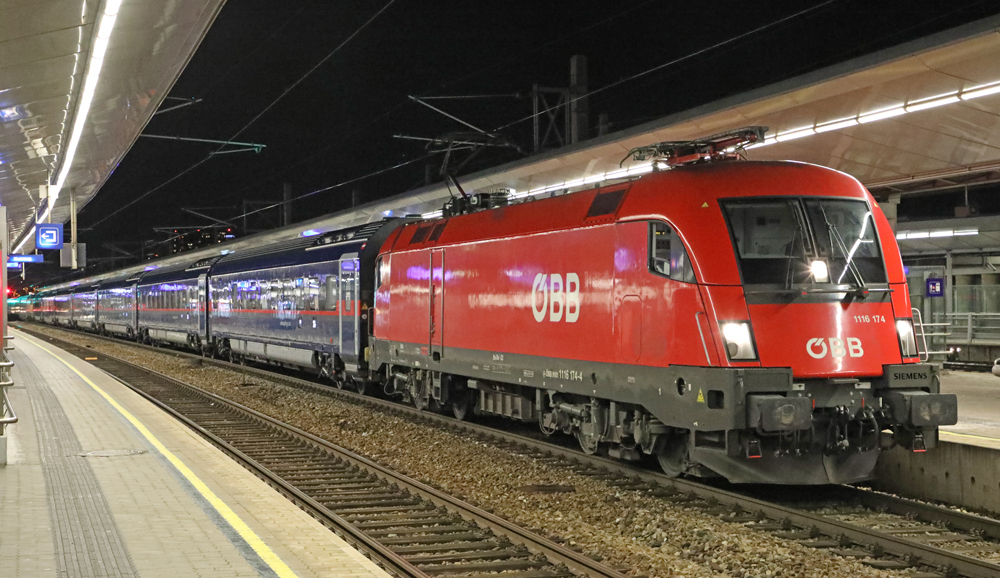
New train fleets and new long-distance overnight services are highlights of the annual European timetable change which took place Dec. 10. The growth of the night-train network — after decades of relative decline from the 1980s to around a decade ago — is largely due to the growth in demand for sustainable travel, with many younger people refusing to fly short-haul routes if there is a train option.
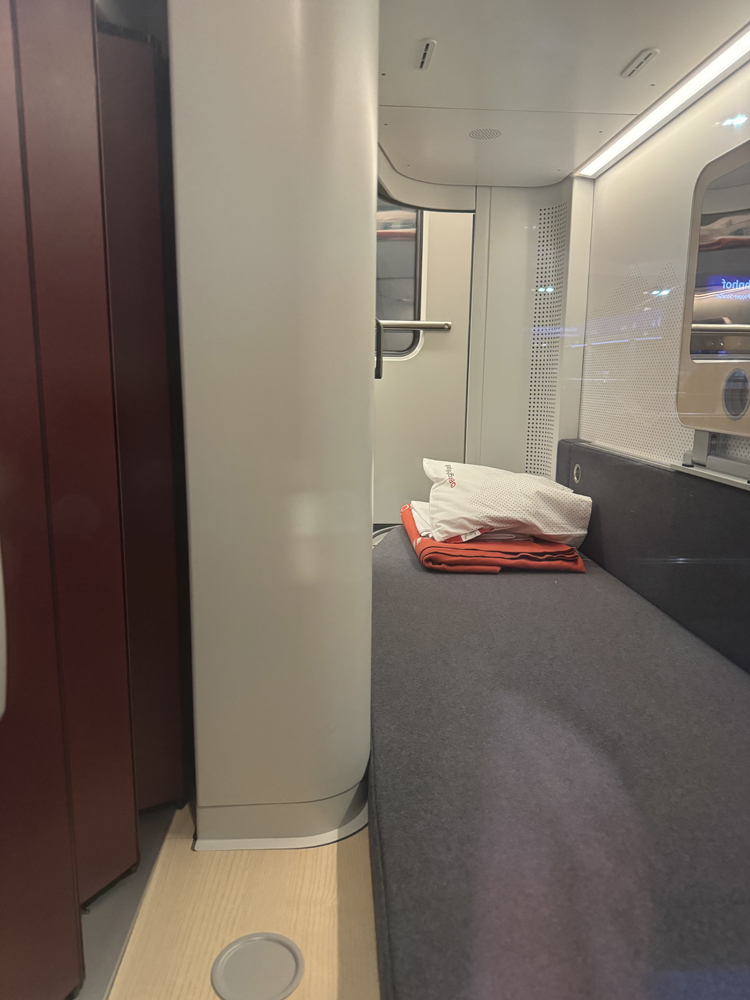
Austrian national operator ÖBB introduced the first of its new “Nightjet” overnight train sets on the route from Vienna and Innsbruck to Hamburg, Germany, on Dec. 10. The new seven-car trainsets are configured as semi-permanently coupled, push-pull sets, although operation in push mode (i.e., using the control car with a locomotive on the rear) is currently not authorized.
The new trains include sleeper, couchette, and seated accommodation; the couchette cars include a section with an innovation for Europe’s railways — “capsule” or “mini-cabin” single-person spaces — as well as more traditional four-berth couchette compartments which passengers can either share with others or reserve the whole space. ÖBB will introduce further new Nightjet trains during 2024 on routes from Austria and Germany to Italy, and use the older cars freed up by the new trains to increase service frequencies on other routes. The new Nightjet trains are built by Siemens in Austria.
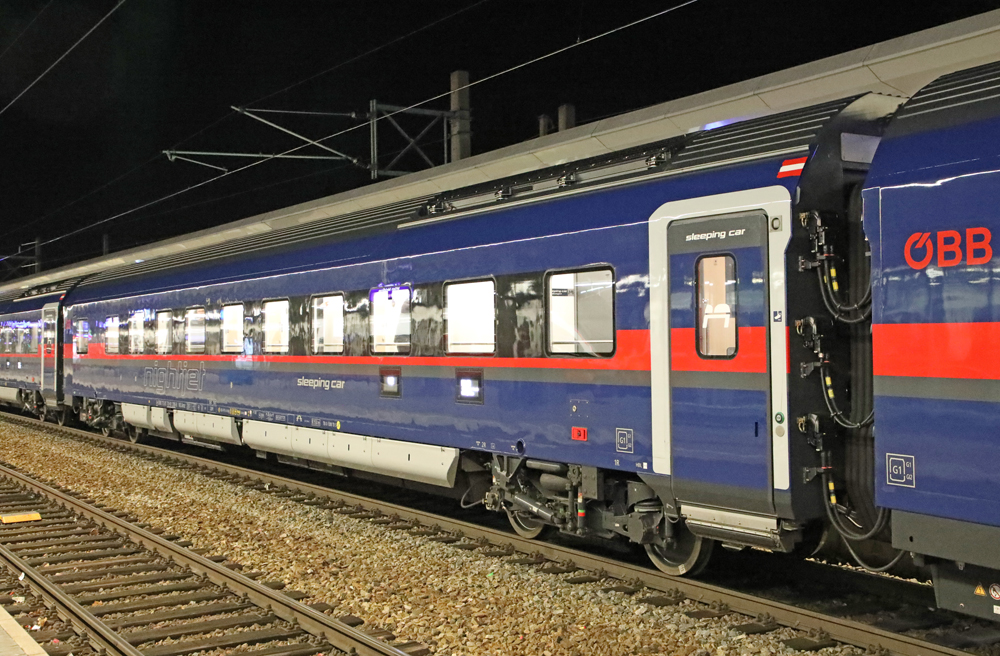
New overnight train routes also started Dec. 10, with ÖBB running Berlin-to-Paris and Berlin-to-Brussels trains, initially three times a week. When further new Nightjet trainsets are introduced, older cars will be utilized to make both new routes from Berlin a daily service. Both routes were previously served by night trains run primarily by German operator Deutsche Bahn (DB), which stopped running night trains in 2016. While DB is still involved in some of the Nightjet routes, like other national operators (e.g. SNCF in France or SNCB, Belgian Railways), it is as a supplier to ÖBB, which organizes the routes and takes the commercial risks.
Additions in France, Italy, and elsewhere
In France, more domestic night trains have been promised by the government, which funds them via subsidy arrangements for “national” services. These services have been slowly returning to the French network following a decision by French President Emmanuel Macron to fund remanufacturing of some cars and to provide operating subsidies to SNCF where needed. Most of the French night trains serve the south and southwest of the country, often places where the nearest high speed TGV line is many miles away. The latest destination for night-train service is Aurillac, in the sparsely populated Auvergne area.
In Italy, new weekend sleeper trains aimed at winter sports travellers began between Rome and Cortina in the Alps in mid-December; the service uses reconditioned cars and is the first of what Italian rail operator Trenitalia says will be a series of routes enabling sustainable travel to major tourist areas.
Despite the ongoing war with Russia, Ukrainian Railways (UZ) has continued its policy of re-opening cross border lines in 2023 and has expanded operation of overnight through coaches into Europe linking Kyiv with Warsaw, Budapest, and Vienna; it plans to add further capacity in 2024. UZ is also planning to order some new sleeper cars; a tender for 44 cars was issued in late 2023. These are being supplied to expand the fleet and replace some of those destroyed in fighting, or captured by Russian forces.
New overnight train fleets are on order for several European operators. ÖBB has 33 of the Nightjet train sets on order from Siemens. In Italy, national rail company Trenitalia has ordered 70 new sleeper cars from Czech train builder Škoda, working with an Italian partner company, including 22 Deluxe cars with en suite facilities and either single or double beds. Up to 300 more cars can be ordered in the next few years as part of the contract.
Privately operated night trains
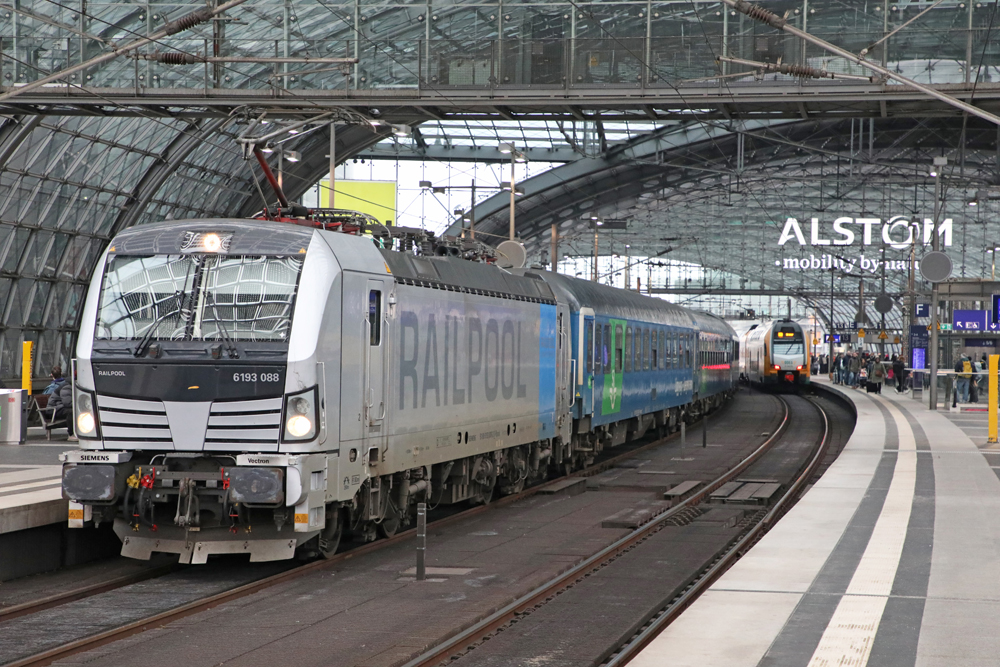
Several privately operated overnight services exist in Europe and are also planning expansion. Dutch company European Sleeper will extend its Brussels/Amsterdam-Berlin service, which launched in 2023, south to Dresden and the Czech capital, Prague, as of March 2024. This will be a partnership with Czech private rail operator Regiojet.
Regiojet is planning its own new overnight services linking Przemysl on the Polish/Ukraine border with Hannover in central Germany; these will also start operation in March, as will new daytime Regiojet services between Prague and Berlin. Several private European rail companies run seasonal overnight services on popular tourist routes, although these vary from one year to the next.
Overnight rail services connecting Sweden and Denmark to the rest of Europe have improved significantly in recent years, with privately run trains operated by Swedish company Snälltåget (owned by French private transport group Transdev) and other services part funded by the Swedish government operating on the route between Stockholm/Copenhagen and Hamburg/Berlin. Both services use refurbished cars and leased electric locomotives.








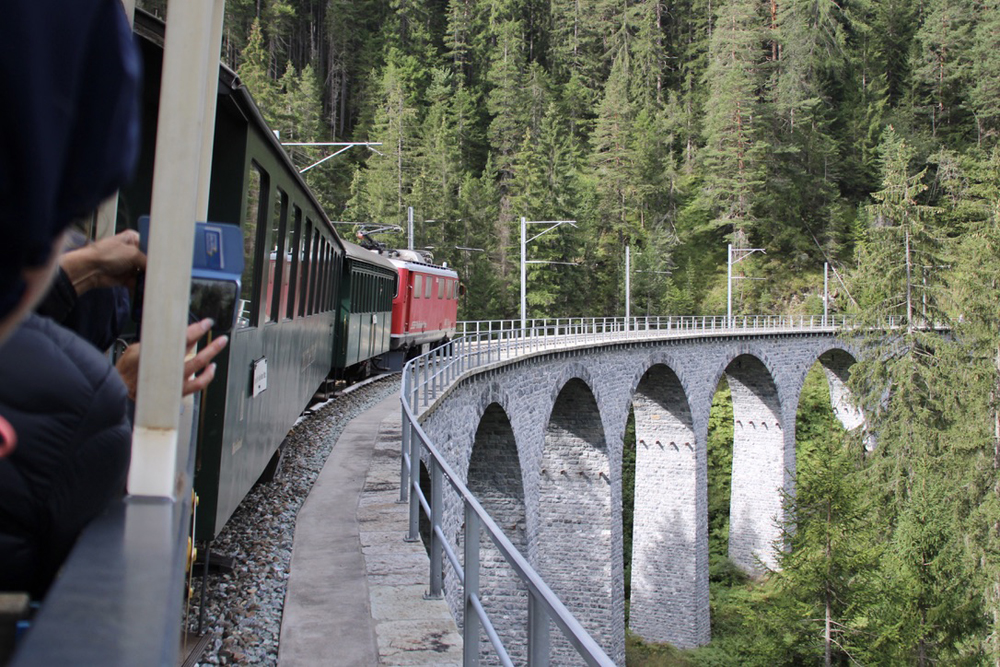





As mentioned a lot of the infastructure required to operate dependable overnight trains has been removed in the USA. if proper improvements were made and passenger trains truly had priority over freight trains there would be many routes that Amtrak could operate on a good overnight schedule. As noted New York to Chicago and other cities would work. Even some shorter routes such as New York to Pittsburgh or other near midwest cities could work. With today’s poor airline service and high fares Amtrak could compete if it was dependable and priced at about or lower than air fares.
75 years ago you had overnight sleeper trains connecting Chicago to the following: New York, Philadelphia, Washington, D. C. New Orleans, Denver, Minneapolis, etc. and points in between. Why no longer?
The service was not self supporting. It was bleeding dry privately owned railroads. The government created Amtrak to halt the bleeding and appease the public. The old overnight sleeper schedules went away.
How much of a subsidy to recreate how much overnight next morning arrival service is the government willing to shell out? Is it possible to recreate it?
Some of the trackage that made overnight arrive the next morning schedules possible75 years ago is gone. Look at Amtrak’s current ability to make long distance trains run on time.
Scheduled to arrive in Chicago for Breakfast too often would be a late lunch, or worse yet supper.
Must be nice have great sleeping car service alot of route ,not like Third World Amtrak Service in USA.
ÖBB’s Nightjet is the undisputed queen of European night passenger train services.
Dr. Güntürk Üstün
Seems only on Amtrak! I’d say “go figure” but its Amtrak.
Brightline and Viua cars seem fine. Never read a word with Brightline equipment difficulties.
How is it that Siemens builds cars for Europe that immediately go into trouble-free service, but neither they, nor anyone else, can do that here?
Hopefully, Laurence, someone will dig into this question and get some answers. A whole lot is at stake, not just money but delayed service improvements. And Amtrak’s credibility.
A year or so back, someone on these pages suggest I contact Wall Street Journal tip line with a suggestion the newspaper investigate why Siemens locos were unreliable and Siemens passenger cars were withheld from service. WSJ never published such an article.
Siemens cannot have the luxury of disappointing ÖBB’s winning armada, Nightjet!
Dr. Güntürk Üstün
Yes, Charles, Amtrak’s credibility is at stake, but we have also seen rolling stock disasters in heavy and light rail cars for transit, too. How did Budd and St. Louis Car, to name two, do it?